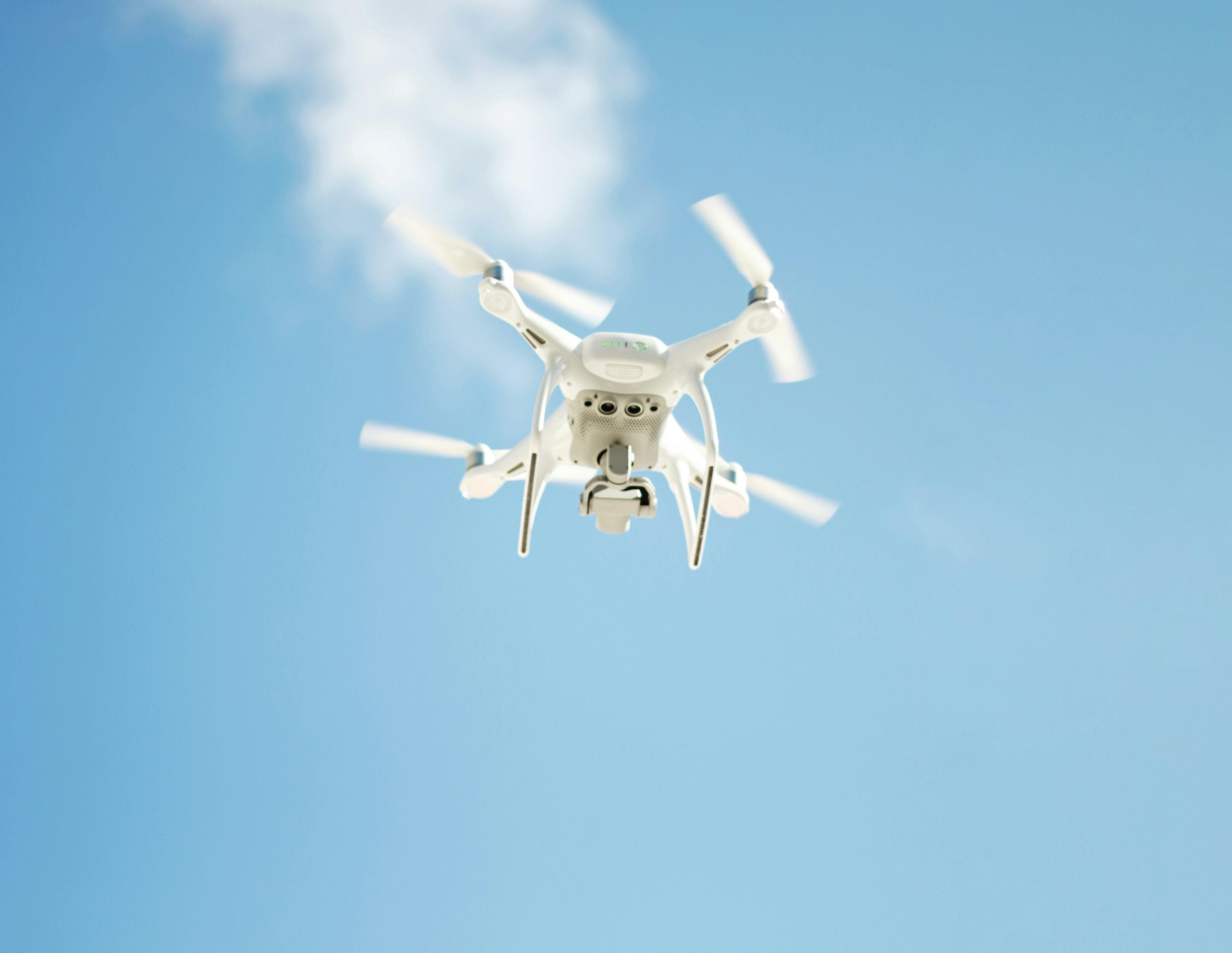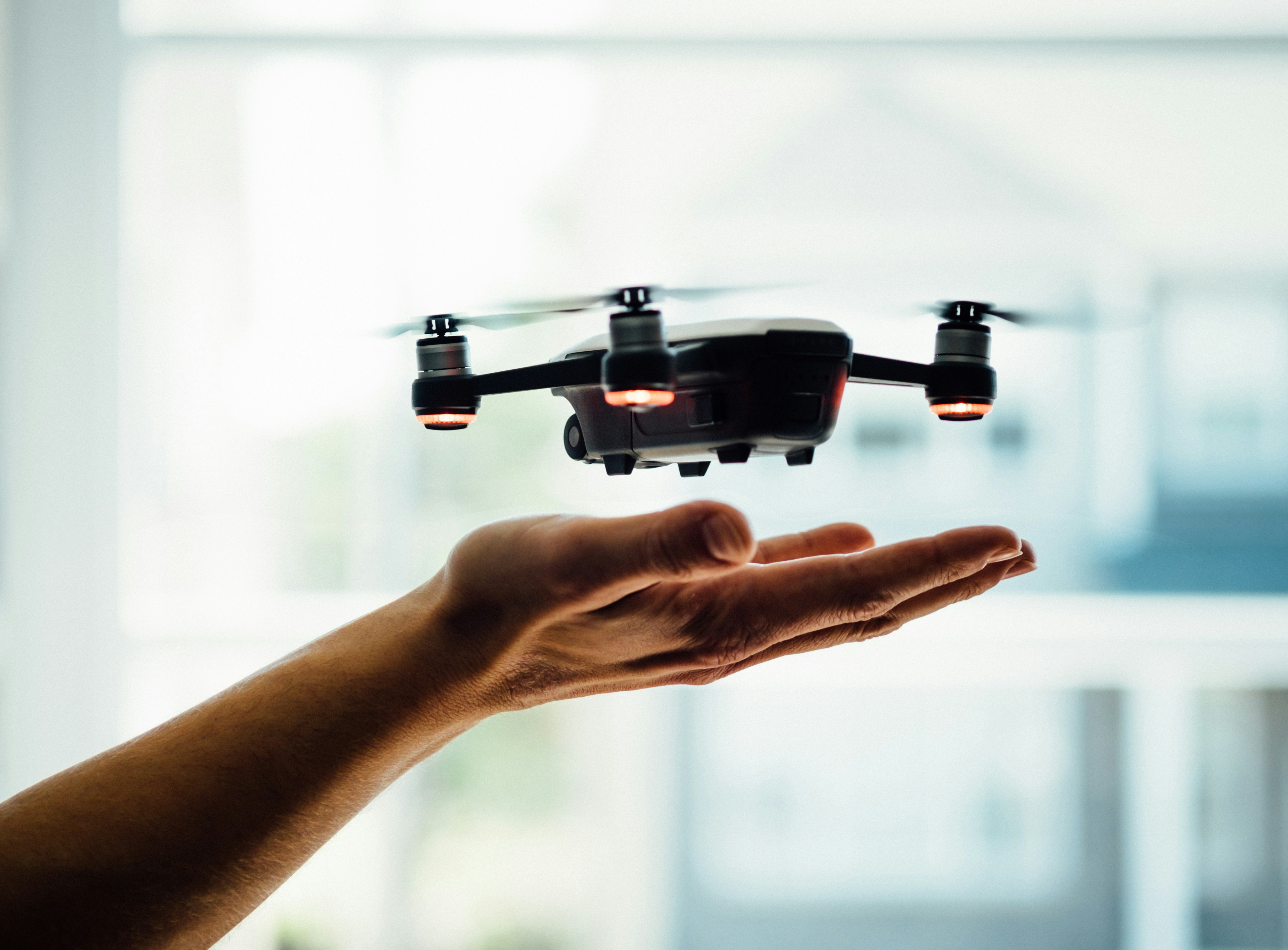
Top 10 Best UK Universities for UAV & Drone Engineering Degrees (2025 Guide)
Below are ten UK universities whose 2025 undergraduate or postgraduate pathways give you the skills to design, build and operate unmanned-aircraft systems (UAS). Each entry follows the same concise format.
1 Cranfield University
Department overview – The School of Aerospace, Transport & Manufacturing runs an MSc Unmanned Aircraft Systems Technology and a short‑course remote‑pilot licence (GVC) syllabus, taught at Cranfield’s own airport.
Sample modules∙ UAV Flight Dynamics & Control∙ Mission Planning & Autonomy∙ Sense‑and‑Avoid Systems
Research environment – A 1.8 km runway (1,799 m), a dedicated BVLOS corridor and a 180‑degree motion simulator let students flight‑test fixed‑wing, rotary and hybrid UAVs.
Careers & links – Defence primes (BAE Systems, QinetiQ), DJI Europe and AgEagle recruit; graduates also join the UK CAA as UAS regulators.
Admissions – 2:1 in aero/mech/EEE; pilot or model‑aircraft experience strengthens an application.
2 University of Southampton
Department overview – The Faculty of Engineering & Physical Sciences hosts the UAV Design Group and an MEng/MSc Aeronautics & Astronautics track in Unmanned Vehicle Design.
Sample modules∙ Composite Airframe Structures∙ Embedded Autopilots (PX4 & ArduPilot)∙ Regulation & Airspace Integration
Research environment – Boldrewood wind‑tunnel complex, an instrumented UAV range at Chilbolton Observatory and 3‑D‑printed airframe shops.
Careers & links – Royal Navy Maritime Autonomy Unit projects; graduates join Amazon Prime Air and maritime‑surveillance start‑ups.
Admissions – AAA (undergrad) or 2:1 (postgrad) with strong aero & programming evidence.
3 Imperial College London
Department overview – Aeronautics offers an MEng with an Unmanned Aerial Systems option and hosts the Aerial Robotics Lab.
Sample modules∙ Bio‑Inspired Flight Mechanisms∙ Swarm Coordination & Planning∙ Electric Propulsion Systems
Research environment – Netted drone arena with 60 Vicon cameras, rooftop test pad and shared GPU clusters for RL flight control.
Careers & links – Wayve, Ocado Technology and Airbus UpNext sponsor projects; spin‑outs include Accelerated Dynamics (autonomous inspection drones).
Admissions – AAA Maths/Physics for MEng; MSc entrants need first/strong 2:1 + C++/Python autonomy projects.
4 University of Bristol
Department overview – Faculty of Engineering’s MSc Robotics & Autonomous Systems offers an Aerial Robotics stream; undergrad aerospace degrees include UAV capstones.
Sample modules∙ Vision‑Based Navigation∙ Resilient Communications for UAVs∙ Safe AI & Certification
Research environment – Bristol Robotics Laboratory 15 m drone cage, Filton proving ground and the city 5G testbed for urban trials.
Careers & links – Dyson Drones, Rolls‑Royce Electrical, National Grid inspection teams; many students enter the IMechE UAS Challenge.
Admissions – 2:1 + Matlab/Python; ROS 2 portfolio advantageous.
5 University of Sheffield
Department overview – Automatic Control & Systems Engineering with AMRC IMG delivers an MSc Autonomous Systems & Robotics with UAV electives.
Sample modules∙ Sensor Fusion & SLAM for Flight∙ Fault‑Tolerant Guidance∙ Additive Manufacturing for Airframes
Research environment – Factory 2050 GPS‑denied arena, heavy‑lift multirotors for turbine inspection and an optionally piloted glider platform.
Careers & links – Network Rail, BT Drone Command, Boeing Sheffield recruit; KTPs fund many MSc projects.
Admissions – 2:1 with embedded‑systems coursework; C for microcontrollers expected.
6 University of Glasgow
Department overview – MSc Aerospace Engineering & Management offers an Unmanned Systems pathway.
Sample modules∙ Model‑Based Flight Control∙ Satellite‑UAV Relay Networks∙ Environmental Monitoring by Drones
Research environment – Coastal UAV runway at Machrihanish, LiDAR‑equipped platforms and composite autoclaves.
Careers & links – Leonardo UK, Spirit AeroSystems, Scottish Power Renewables sponsor dissertations.
Admissions – 2:1 aero/mech/EEE; MATLAB/Simulink project evidence.
7 University of Leeds
Department overview – MSc Mechatronics & Robotics with aerial‑inspection specialism via IRASS.
Sample modules∙ Aerial Manipulation∙ Energy‑Efficient Propulsion∙ AI‑Based Fault Detection
Research environment – Pipe‑inspection drone labs, climatic wind‑tunnel for storm‑flight research and trials with Yorkshire Water.
Careers & links – Inspect‑Tech start‑ups, National Highways and offshore wind‑farm operators.
Admissions – AAB (undergrad) or 2:1 (postgrad); ROS or PX4 evidence required.
8 University of Nottingham
Department overview – MSc Aerospace Technologies with UAV options; Geospatial Institute runs drone‑mapping programmes.
Sample modules∙ GNSS & Real‑Time Kinematics∙ Composite Wing Design∙ Autonomous Survey Workflows
Research environment – 10 ha test airfield, rapid‑prototyping labs and links to Satellite Applications Catapult.
Careers & links – Ordnance Survey, Esri UK, Topcon hire surveying‑UAV specialists; CDT in Geospatial Systems pathway.
Admissions – 2:1 + GIS or aero‑design coursework.
9 Coventry University
Department overview – BSc/MSc Unmanned Aerial Vehicle Design & Operations—one of the UK’s few named UAV degrees.
Sample modules∙ Ground Control Station Software∙ UAV Systems Safety & Air Law∙ Payload Integration
Research environment – NetZero‑ready unmanned‑aviation hangar at Coventry Airport and collaboration with the Urban‑Air Mobility corridor.
Careers & links – West Midlands Police drones, Skyports, DHL parcel‑delivery trials; mandatory remote‑pilot licence included.
Admissions – BBB (undergrad) or 2:2 + experience (postgrad); CAD and controller‑tuning evidence beneficial.
10 Queen’s University Belfast
Department overview – MSc Advanced Aerospace Engineering with UAV research projects in the Centre for Intelligent Autonomous Manufacturing.
Sample modules∙ Distributed UAV Swarms∙ Lightweight Composite Structures∙ Embedded Real‑Time Systems
Research environment – Indoor mocap hall, 7 m wind tunnel and NI drone‑delivery corridor partnerships.
Careers & links – Thales UK Belfast, Spirit AeroSystems, PSNI Air Support Unit hire grads.
Admissions – 2:1 aeronautical/mechanical/electronic; C/C++ embedded skills advised.
Final tips
• Focus match – BVLOS: Cranfield/Coventry; maritime: Southampton; urban delivery: Bristol/Imperial; inspection: Leeds/Nottingham.• Flight access – Runways or drone cages accelerate projects.• Licensing – Many courses embed the UK GVC remote‑pilot qualification—confirm before applying.• Software – PX4, ArduPilot, ROS 2, MATLAB/Simulink skills are often prerequisites.• Apply early – Popular MScs (Cranfield, Imperial) close Jan 2025; UCAS equal consideration ends 29 Jan 2025.
Choose a pathway aligned with your aero ambitions and you’ll graduate ready to drive the UK’s drone revolution. Safe flights and tailwinds ahead!
All information is accurate to the best of our knowledge for the 2025–26 admissions cycle. Always verify entry requirements, facilities and licensing options directly with each university.


